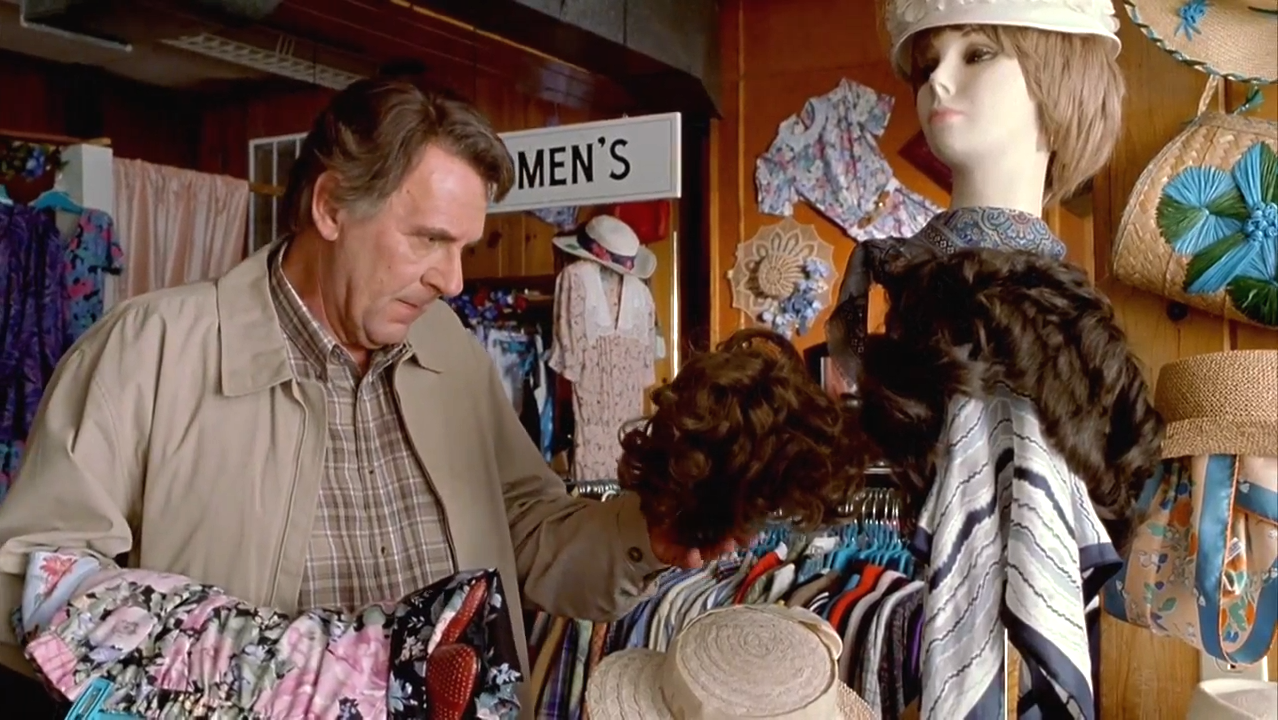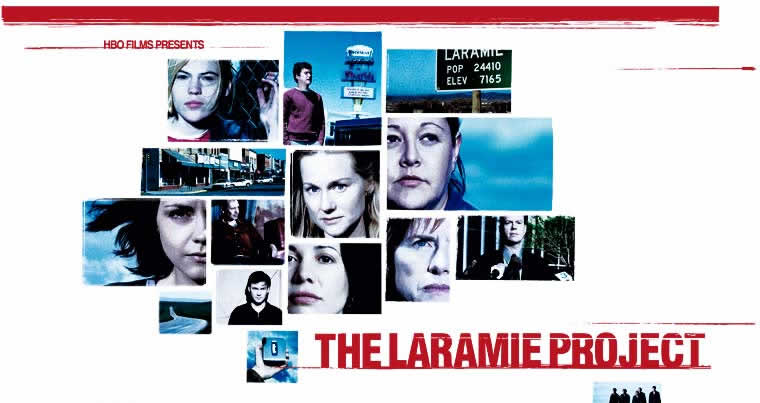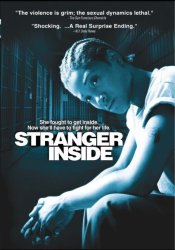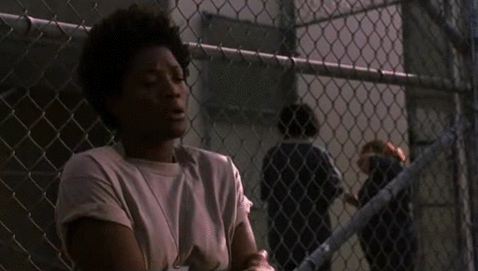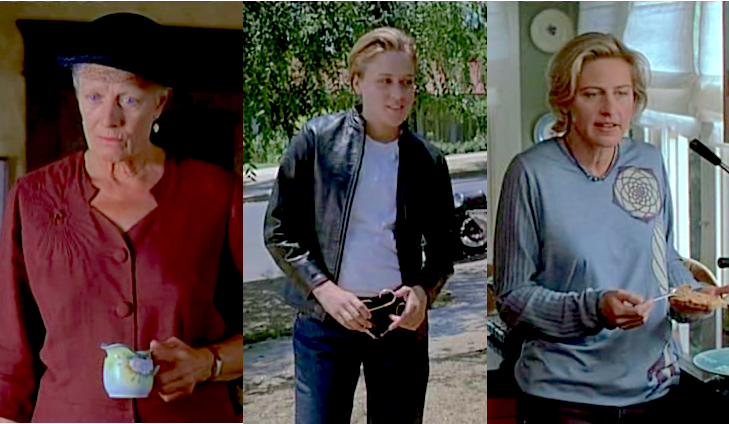HBO’s LGBT History: Normal (2003)
 Wednesday, August 5, 2015 at 1:00PM
Wednesday, August 5, 2015 at 1:00PM Manuel is working his way through all the LGBT-themed HBO productions...
Last week we looked at Moisés Kaufman’s adaptation of his own play, The Laramie Project, based on the aftermath of the Matthew Shepard murder in the small town of Laramie, Wyoming. I raved about Laura Linney’s bit scene, continuing an unexpected but welcome line of actressy write-ups that this project has allowed. You see back when I envisioned this project, I worried we’d be stuck talking solely about gay men-driven stories and male actors for months, but looking back, it turns out we’ve talked about Stockard Channing, Lily Tomlin, Glenn Close, Angelina Jolie, Vanessa Redgrave and Michelle Williams! Not too shabby considering gay men have been at the center of more than half the titles we’ve looked at. This week, we continue to add another acting goddess to our list as we reach our first main trans storyline in an HBO production in Jane Anderson’s Normal.
